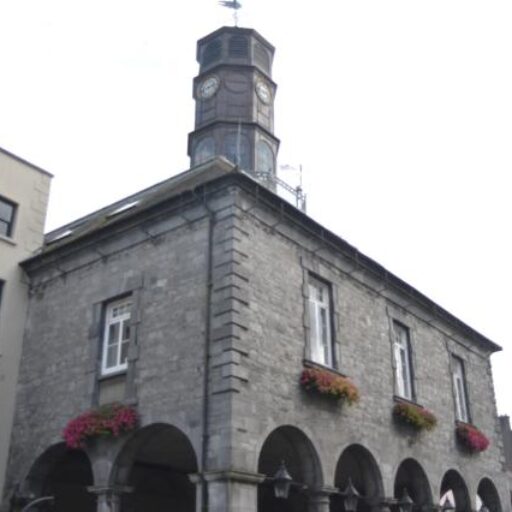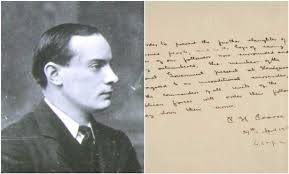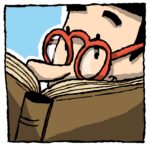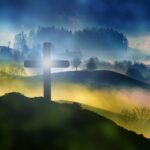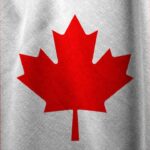Séasúr an Dóchais!
A reawakening is happening everywhere we look. The plants are recovering from the long winter sleep. Fresh leaves are sprouting vibrantly on the trees and bushes. And the birds that were gone from us during the cold season, are here again now, full of heart and hope. The birds that stayed throughout the bad weather are singing loudly as they announce the arrival of the new season. Spring is undoubtedly a season of hope and revival. The blind poet Antoine Ó Raifteirí succeeded in expressing the spirit of Spring in the poem 'Cill Aodán'...
“Now with the coming of spring the days will be getting longer,
And after the feast of Bridget I will raise my sail,
Since I got it into my head I will not settle
Until I’m standing down in the middle of County Mayo
The coming of Spring brought energy and excitement to the heart of the poet while he was in exile in County Galway. A desire to travel and a longing for home were awakened in the heart of the poor blind poet, although it was only an unrealized vision.
All we have to do is look at the history of our country to understand that the spirit and desire for freedom was awakened in our own people with the arrival of Easter, more than a century ago now.
Easter Rising 1916
It was no accident that rebel leader Patrick Pearse chose Easter as the best time to declare the Republic of Ireland. After centuries of Gallic domination, Pearse wanted the nation to experience the renewal of Easter in a manner similar to the resurrection itself. At first the people of the country made fun of Pearse’s idea, but before long they understood what he meant and stood bravely for his vision.
The rebellion began on April 24, 1916 and ended on April 29, 1916. Members of the Brotherhood of the Republic of Ireland, members of the Irish Citizen Army and members of the Women's Association rose against British rule in Ireland. It was the first rebellion in Ireland since the rebellion of 1798.
Originally, the Irish planned to have thousands of rebels. But a man called Sir Roger Casement was captured on the way back from Germany with guns and therefore only about 1,250 took part in the rebellion. Of these, around 300 joined the General Post Office (GPO) in Dublin under the leadership of Pádraig Pearse and James Connolly. Other groups occupied different parts of the city, including St. Stephen's Green, the Shelbourne Hotel, Boland's Mills and Jacobs Factory.
The worst fighting took place at Boland’s Mills when Éamon de Valera and his rebels began shooting at British soldiers known as Sherwood Foresters as they landed in the city. That shooting killed around 200 people and injured many more. There was also a great fight in St. Stephen's Green and a good number of Irishmen were lost there. After six days the Irish were exhausted and were being fired upon by huge artillery pieces mounted on a British ship called HMS Helga. The General Post Office was badly hit and the Irish soon surrendered. Sixteen Irish leaders were shot by firing squad after the Rising. This greatly affected the people of the country, as they believed that this was a breach of trust by the British government. From then on, the people of Ireland were not happy to be under the control of the British Empire any more, and it is not surprising that the War of Independence broke out in 1919. The war continued until 1922, when the leaders of Sinn Féin and the British MPs made a peace treaty. Apart from the Six Counties in Ulster (which had a Unionist majority), Ireland became its own country.
Conclusion
A lot has changed in Ireland since Pearse had the national vision and he would no doubt be surprised to see our country today, especially in terms of the wealth of the country today, in stark contrast to the poverty that existed during his own life. It is likely that Pearse would not be too happy with the state of Irish, either! But be that as it may, we have to be grateful to Pierse and many other Irish people too, for their vision of having our own country. And isn't Easter the best time for us to celebrate those heroes and our independence!
